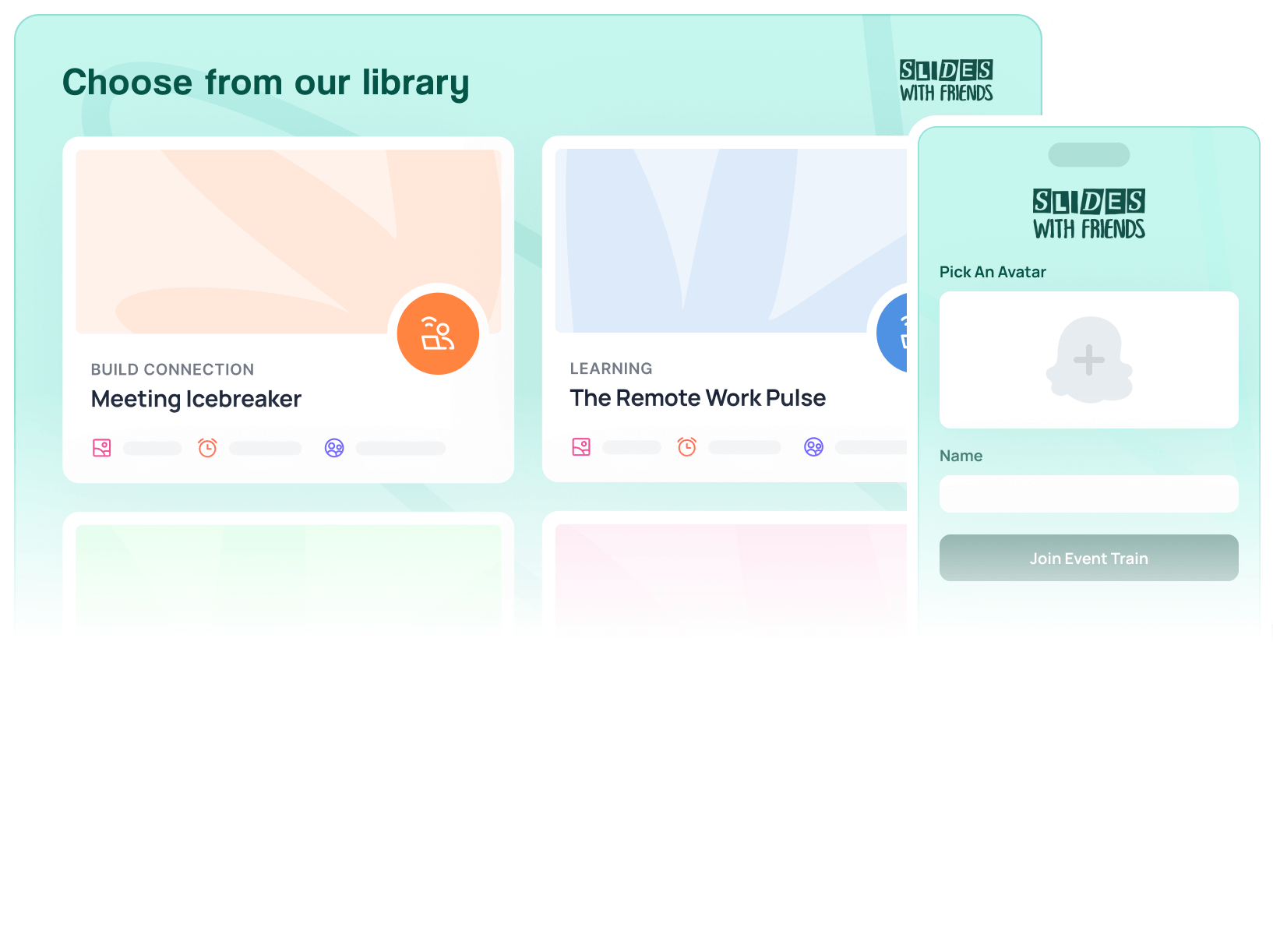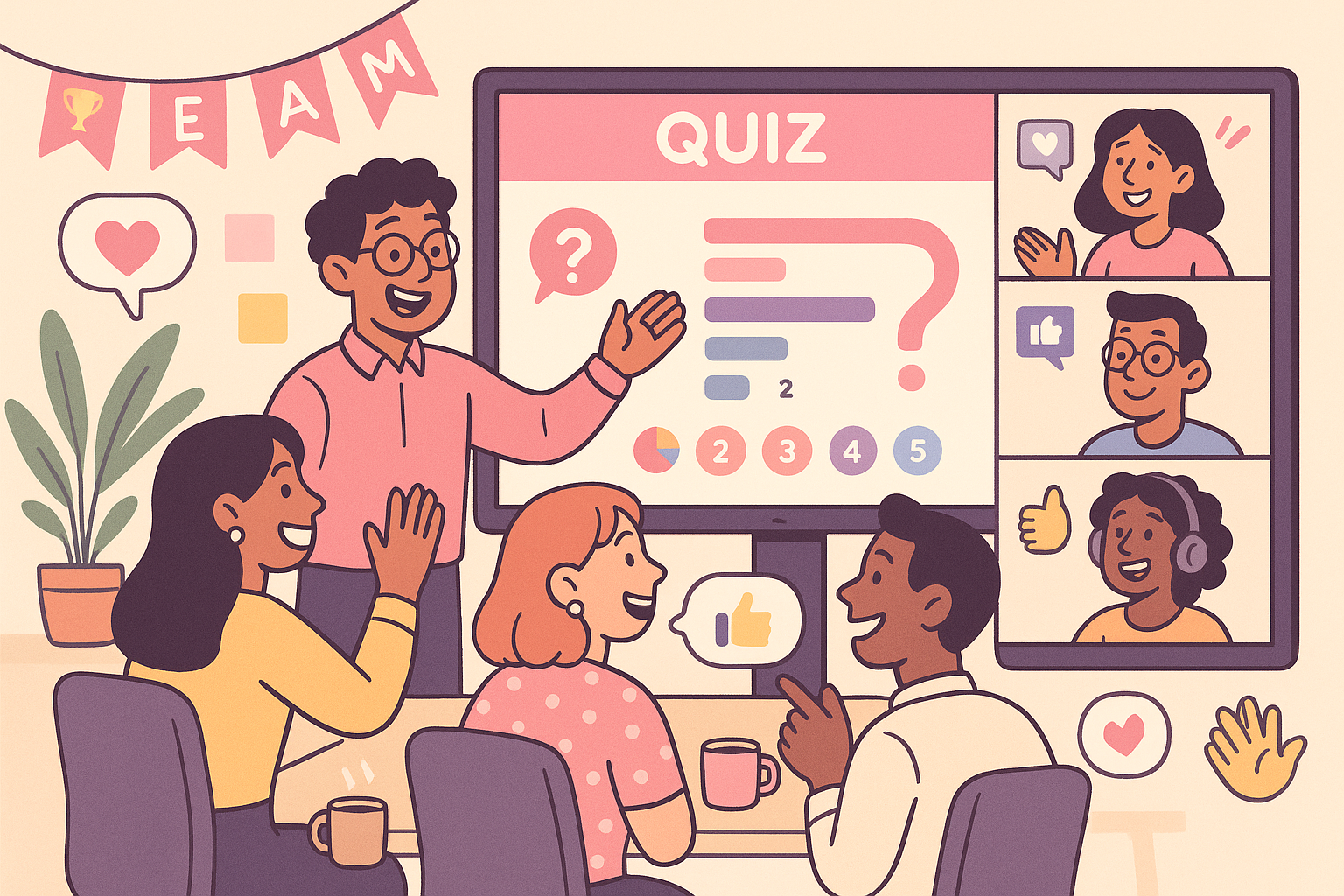7 Ways to Increase Student Engagement in the Classroom
Increasing student engagement in the classroom is harder than ever, remote or in-person. These seven ideas will get your class ready to learn and focused in no time!

Increasing student engagement in the classroom has always been challenging, but the difficulty has recently worsened.
A 2021 report indicates the number of teens experiencing moderate to severe depression increased by 25% compared to what parents and educators saw pre-pandemic. EdWeek also conducted a survey in 2021 and found that 50% of students feel less motivated, and 49% have lower morale.
Whether you're a remote or in-person educator, you've probably noticed your students' lack of engagement and disinterest. After all, that same study by Edweek found that nearly 90% of educators have noticed the difference.
"Students self-report less motivation (50%) and lower morale (49%) as compared to their motivation and morale prior to the pandemic. An even larger majority of teachers perceive less student motivation (87%) and lower student morale (82%)."
- Michael D. Toth, Why Student Engagement is Important in a Post-COVID World – and 5 Strategies to Improve It
But now the problem has been recognized, it's time to do something about it.
Step-by-Step Ways to Increase Student Engagement
There are many ways to improve student engagement, whether that's with fun review games or becoming more involved in your students' success. But if you're unsure of where to start, don't worry. There are seven creative ideas you can put into action next time you're with your students.
1. Start Class With an Icebreaker
Do you need a fun, easy way to get your students excited to learn? Start with an icebreaker game. This tactic is the best way to begin class because it encourages engagement and participation.
Controversial Questions Icebreaker
Start your lessons with this interactive, ready-to-play icebreaker by Slides With Friends!

The Controversial Questions Icebreaker game is classroom-friendly and comes with unique questions like "should you tell someone if food is stuck in their teeth?" and "is a hot dog a sandwich?" With pre-made questions like these, you'll have no problem getting your students' attention and increasing their engagement. But keep in mind that our slide decks are customizable, so you can change the controversial questions at any time.
Also, our games are really easy to play. Whether you're virtual or in-person, share your screen so students can see the game. Then, tell them to use their mobile phones to submit their answers.
The Controversial Questions Icebreaker is also free to play with up to ten players. But if you need more space, you can sign up for a paid plan.
2. Create Learning Goals
What better way to motivate your class than with learning goals? Giving each student something to work towards is a great way to encourage them to focus and work hard in class.
With this idea, just make sure to consider whether your students have long-term or short-term goals. For the former, you'll need to break down the goals into smaller, digestible steps. That way, your students don't get overwhelmed and know how to proceed.
3. Get Your Students Moving
One of the best ways to immediately increase student engagement is to get your class moving. If you're teaching in person, you can easily do this by implementing gallery walks.
With this idea, all you have to do is develop several questions and put them in different spots around the room. You can do this by putting questions on dry erase boards around the room, paper tacked onto the walls, or line-paper at various tables.
After you've created your questions, divide your students into groups. Then, have them walk around the class like they'd do at a gallery and ask them to write their answers and ideas to the questions. Every group should leave what they wrote at each station, so the next group can add their own thoughts.

If your students are learning remotely, you can still get them moving by doing a virtual scavenger hunt. This idea can be incredibly entertaining, depending on the topic. For example, if it's Earth Day, you can create a list of things for students to find in their homes, like a reusable item, a piece of cardboard to recycle, or something that causes pollution.
Then, set a timer, so your students know how long they have to search. Once the timer goes off, have everyone present and discuss what they found.
4. Foster Student Reflection With Quickwrites
If you've just finished teaching a new lesson and see interest waning or simply want your students to settle down after a group assignment, using quickwrites is a great way to re-engage your class and enhance their learning experience.
For this idea, your students will write a short journal entry after you give them a prompt. But make sure the prompt is interesting. For example, ask your students to predict a quiz or exam question based on the lesson. Or tell them to defend a position someone took during a previous discussion. After everyone writes down their thoughts, have your students share them with the class.
5. Give Your Class an International Perspective

One of the best things about the internet is that it provides an opportunity to communicate with people who live in other places. This benefit is something your students should enjoy in the classroom. All you have to do is let them speak to students who are in another part of the world.
Edutopia offers several options for connecting students with peers all over the world. Some of our favorite options include UNICEF's Voices of Youth, a platform that allows students to share their opinions on specific issues. The Digital Exchange Program connects middle and high schoolers with students overseas to video chat weekly.
This idea can be very effective if you're teaching geography or history. What can seem like a boring topic can instantly become exciting if students talk to people who live in the area you're discussing in class.
6. Play a Trivia Game
Want to test your students' knowledge? Do it by playing a trivia game! Trivia, and playing games in general, can help your students review material in a fun, engaging way. And it can also create some friendly competition to keep things even more enjoyable.
Hangout at the Zoo Trivia Game
See how much your students know about their favorite zoo animals by launching this pre-made, ready-to-play trivia game by Slides With Friends!

Hangout at the Zoo is packed with fun, quirky questions that test your students' knowledge on everything from dolphins to turkeys to snails. It comes with multiple rounds and reveals the top ten players after each one, so students will know who's leading and how they're doing. The winner is also revealed at the end of the game.
For players to participate, simply share your screen. Then, ask them to use their mobile phones to submit answers. This game is free with up to ten players, but you can let more students join the fun by signing up for a paid plan. Also, you can customize our slide deck if you want to change the trivia questions.
7. Use Project-Based Learning
Another great way to increase student engagement in the classroom is with project-based learning (PBL). This tactic encourages your students to learn by assessing real-life challenges and problems. With PBL, students also get to work together, resulting in collaboration, engagement, and thoughtful discussion.
Additionally, implementing PBL is easy. The only thing you have to do is provide a rubric. Some of our favorites are offered by Crafted Curriculum. Then, let your student examine the issue from all angles using whatever resources they need. Afterward, tell your students to share their ideas with the class in a way that's exciting for them. They can build a website, do a presentation, create a video, or play a game.

Make the Classroom Fun
Increasing student engagement isn't as difficult as it seems. You just need the right ideas to implement. Then, you can captivate your students and keep their attention. So, use the ideas in this article to get started and watch your students' learning experience drastically improve.


Ready to ditch the dull, and run team sessions that people will actually enjoy?
Get started with a Slides with Friends deck in no time. We’ve got all the interactive features you need in one easy-to-learn, easy-to-set-up tool.















